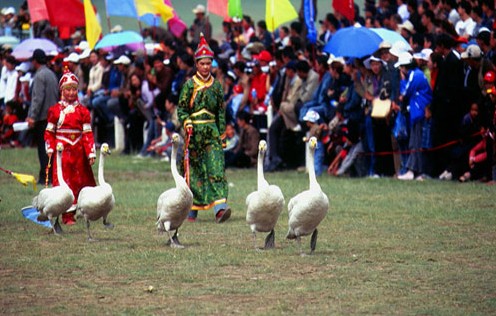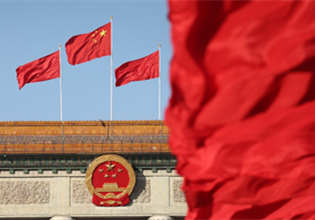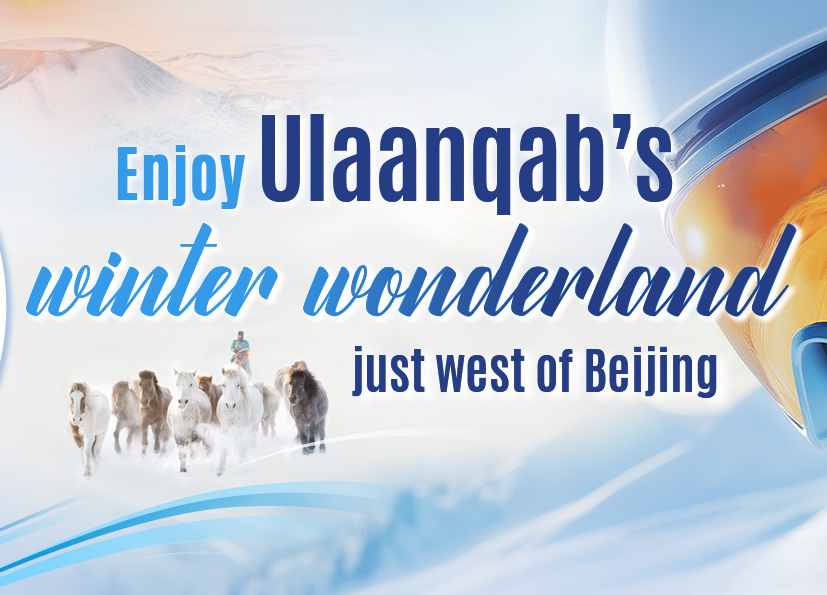Nadam fair

Nadam Fair, meaning 'entertainment,' or 'recreation' in Mongolian, originated in the early days of the 13th century and is a mass traditional Mongolian festival.
Sort:Folk CustomYear:2006
Area:Inner Mongolia Serial
No.: X-48
Declarer:Xilin Gol League, Inner Mongolia autonomous region
Nadam Fair, meaning 'entertainment' or 'recreation' in Mongolian, originated in the early days of the 13th century and is a mass traditional Mongolian festival. A 'Huli Letai' (big meeting) was held by Mongolian leaders every month. Many activities took place during the meeting, such as setting laws and regulations, appointing and removing officials, giving awards and penalties, and the large Nadam Fair itself.
As recorded, when Genghis Khan was elected as the Mongolian Khan in 1206, a grand Nadam Fair was held. Since its birth, the “three skills”- wrestling, horse-racing, archery - have been a necessary part of Nadam activities. In the past, winners of the three sports would be given horses, camels, sheep, brick tea, and silk as prizes.
These skills have been used as standards to judge ability. Such activities can be performed anytime and anywhere, since special fields, equipment or a fixed number of people are not necessary. As such, these 'three skills' are not only reserved for the festival, but are also performed at events such as weddings and funerals. Many even practice these events in their spare time.
 |
In modern times, more activities have been added, such as polo, horsemanship, track and field, and other ball competitions. |
In modern times, more activities have been added, such as polo, horsemanship, track and field, and other ball competitions. The newly added elements turned the traditional national grand meeting to an auspicious, happy and all-embracing celebration. For example, Xilin Gol League’s Nadam celebration has become the biggest and most important activity for the health and entertainment of the masses.
Nowadays, Nadam is always held in summer or autumn (usually July or August) when the grasslands are beautiful and flocks and herds are ready for tallow. It often lasts for three to seven days. During this time, herdsman will come from all over in completely new national costumes, riding their horses, carrying yurts (tents), and a variety of meat and milk products on their light wooden carts. While putting up the yurt, people begin to simmer tea and stew meat.



 Print
Print Mail
Mail





